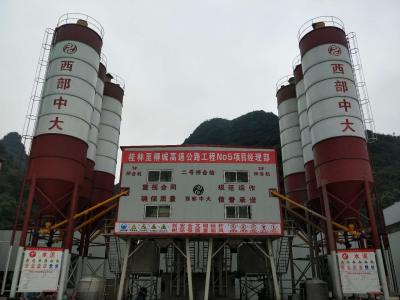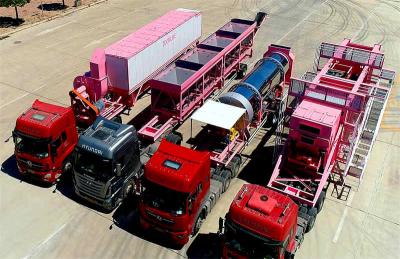The procedures of concrete producing
1. Folding ratio design
When preparing concrete, the first step should be to select the raw materials and determine their proportions according to the requirements of the project on ease, strength and durability, in order to achieve the purpose of economic application. The design of the concrete mix ratio is usually based on the requirements of the water-cement ratio rule. The calculation of the material dosage is mainly based on the assumed capacity method or the absolute volume method.
Concrete mixer: According to different construction requirements and conditions, concrete can be mixed centrally at the construction site or at the mixing station. Concrete mixers with good fluidity can be used as self-falling mixers; less fluidity or dry concrete should be mixed with forced mixers. Before mixing, the concrete should be dosed according to the mix ratio requirements and the weighing error should be controlled. The order of feeding and mixing time have an impact on the quality of concrete, and should be strictly controlled so that all components of the material are mixed evenly. [5].
3. Conveying and filling
Conveying and filling: The concrete mix can be transported to the construction site by hopper, belt conveyor or mixing truck. The filling can be done manually or by means of machinery. Concrete pumps are used to transport and fill concrete mixes with high efficiency, up to several hundred cubic metres per hour. Whether it is a cast-in-place concrete project or a prefabricated component, it is essential to ensure that the concrete is dense after filling. The method mainly uses vibration pounding, but also some use centrifugal, extrusion and vacuum work, etc. The fluid concrete mixed with certain high efficiency water reducing agents may not be pounded.
4. Maintenance
The purpose of maintenance is to create the appropriate temperature and humidity conditions to ensure or accelerate the normal hardening of concrete. Different curing methods have different effects on the performance of concrete. Commonly used curing methods are natural curing, steam curing, wet and dry heat curing, steam curing, electric curing, infrared curing and solar curing. The time taken for curing is called the curing cycle. For comparison purposes, specimens for the determination of concrete performance are required to be cured under standard conditions. The standard curing conditions used in China are: temperature of 20±2°C; humidity of not less than 95%.



